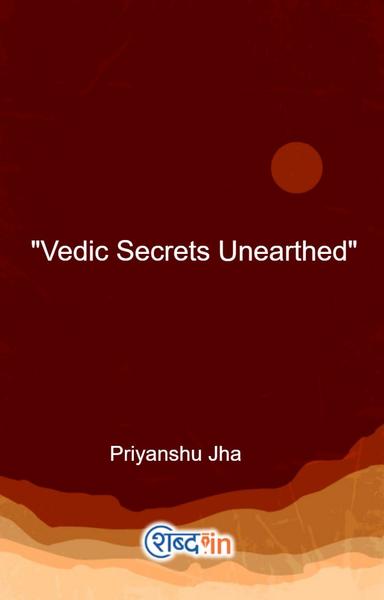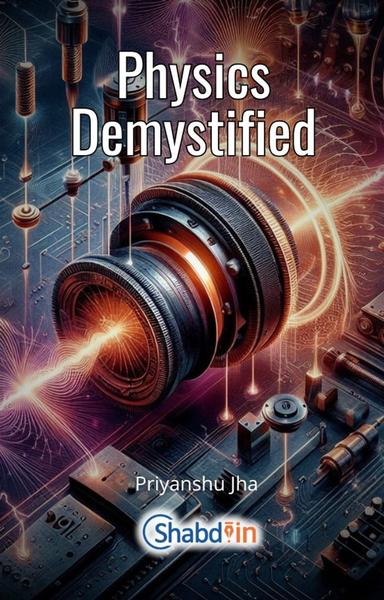In the subatomic realm, where particles perform an intricate dance, quarks and gluons take center stage. These elementary particles, the building blocks of protons, neutrons, and much more, engage in a mesmerizing cosmic ballet that governs the very fabric of matter. Join us as we unravel the fascinating world of quarks and gluons, exploring their properties, the strong force that binds them, and the profound impact they have on the composition of our universe.
The Elemental Puzzle: Quarks as the Quantum Quandary:
Imagine the particles of matter as the letters of an ancient cosmic alphabet. Quarks, in this analogy, are the elemental characters, constituting the fundamental units of protons and neutrons. With six different "flavors" — up, down, charm, strange, top, and bottom — quarks dance on the quantum stage, creating the vast diversity of matter observed in the universe.
Real-Life Analogy: The Glue of the Cosmic Mosaic:
Visualize the universe as a vast mosaic, with particles as the tiles. Enter gluons, the cosmic glue that binds quarks together. Much like the strong adhesive that unites mosaic pieces, gluons mediate the strong force, ensuring quarks remain tightly connected within protons, neutrons, and other exotic particles. Together, quarks and gluons weave the intricate patterns of the cosmic mosaic.
The Strong Force: Nature's Cosmic Glue:
The strong force, aptly named, is the glue that binds quarks within particles. Unlike gravity or electromagnetism, the strong force grows stronger as quarks move apart, compelling them to remain close-knit. This peculiar behavior, known as confinement, ensures that quarks are forever confined within larger particles, creating the stable structure of matter.
QCD: Quantum Chromodynamics Unveiled:
Quantum Chromodynamics (QCD) is the theoretical framework that describes the strong force and the interactions between quarks and gluons. Analogous to the color wheel, quarks possess a "color charge" (red, green, blue) while gluons carry the color force between them, facilitating the vibrant dance of the quantum chromatic ballet.
Beyond Protons and Neutrons: Quarks in the Cosmic Laboratory:
Quarks and gluons are not confined solely to the familiar realms of protons and neutrons. Particle accelerators, such as the Large Hadron Collider, have provided glimpses into the exotic world of quark-gluon plasma — a state believed to have existed microseconds after the Big Bang. Understanding this primordial soup offers insights into the early universe.
Conclusion:
Quarks and gluons, the unsung heroes of the subatomic ballet, unveil the intricate choreography that shapes the cosmos. From the color-charged dance of quarks to the strong force binding them, their collaboration forms the bedrock of our understanding of particle physics. As we continue to probe the mysteries of the quantum realm, the partnership between quarks and gluons remains a cosmic ballet with movements that resonate throughout the fabric of the universe.














